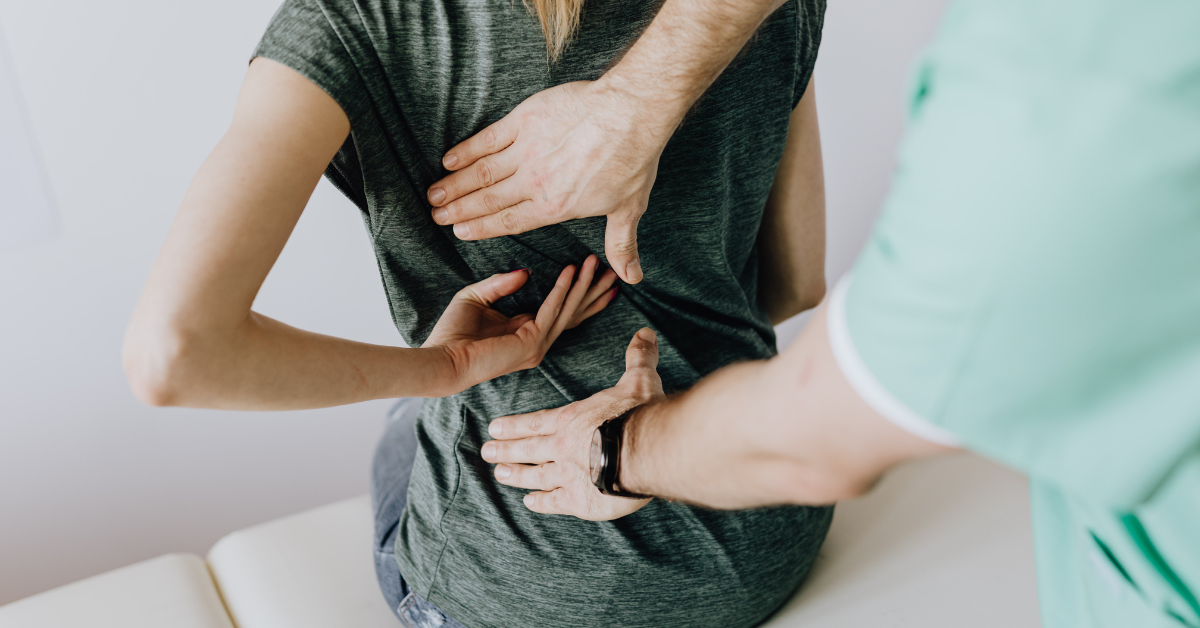Delayed Onset Muscle Soreness (DOMS)

Do you ever wonder why you experience muscle soreness following a workout?
In most cases, delayed onset muscle soreness (DOMS) is the culprit. DOMS reduces your range of motion and muscle strength, often occurring 24-48 hours after you try new exercises or an increase to your workout intensity. It’s a sign that your muscles are adapting to new movements.
Muscle soreness post-workout has often been attributed to lactic acid build-up. This idea is not entirely accurate. Lactic acid only lasts in your muscles 1-2 hours following a workout. Activities such as resistance training causes micro-tears of muscle fibres, drawing increased blood flow and inflammation to the area, even leading to mild swelling, which stimulates the pain receptors in the muscle tissue and makes them more sensitive to movement.
The damage to the muscle is temporary. As muscle rebuilds itself, it gets stronger and can handle heavier pressures.
Dealing with Muscle Soreness
DOMS is a natural reaction that indicates your body is getting stronger; however, there are ways you can reduce the discomfort. Here are some suggestions:
- Do a light workout such as mild cardio, stretching or yoga a day or two after a heavy workout. Increase the intensity once the pain is gone.
- Give your body time to adapt by only introduce new exercises for one to two weeks
- Increase the amount of time warming up before resistance training.
- Take an Epsom salt bath. Epsom salts are made from magnesium, which helps relax muscles and improve circulation.
- Alternate your routine. Plan to concentrate on leg exercises one day, work your arms the following day and core the day after. These changes in activities give each muscle group time to repair.
- Drink plenty of water and replenish your electrolytes with a balanced diet full of fruits - mainly bananas - and vegetables such as leafy greens.
Something More than DOMS
However, there are times when the pain may be something more severe than DOMS. Pay close attention if:
- The problem does not reduce after three days.
- The pain is so intense that you are unable to participate in daily tasks.
- Your legs give out due to the severity of pain
- You begin to experience significant swelling, redness, discolouration, or intense cramping.
- Sprains and strains present themselves as very sharp pains.
If you suspect the pain you are experiencing post-workout is more than DOMS, see your Chiropractor at Core Chiropractic Center. Your Chiropractor can conduct a thorough assessment and offer unmedicated pain management strategies, stretches, or manual treatments. If the cause of pain is outside of the scope of chiropractic care, a referral will be made to the appropriate medical professional.



